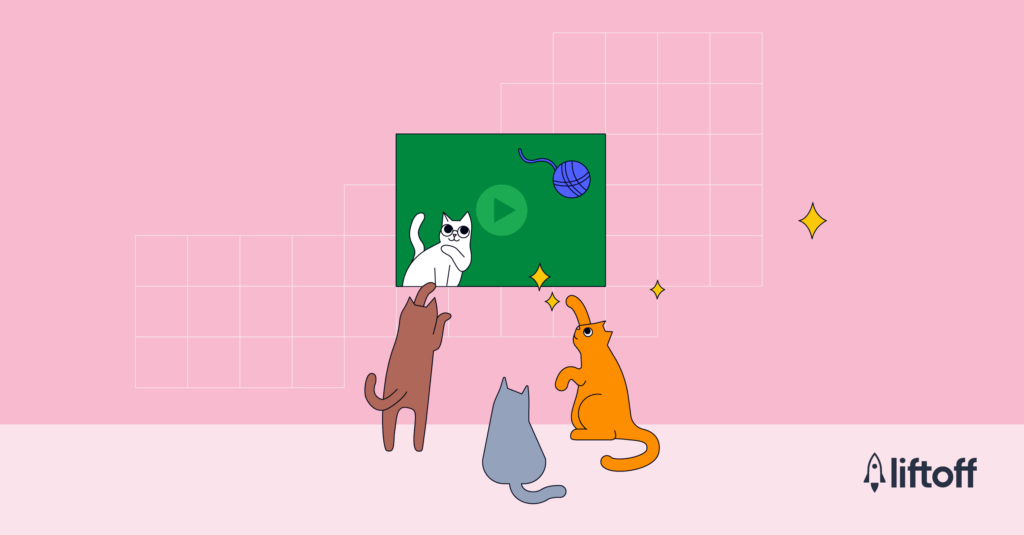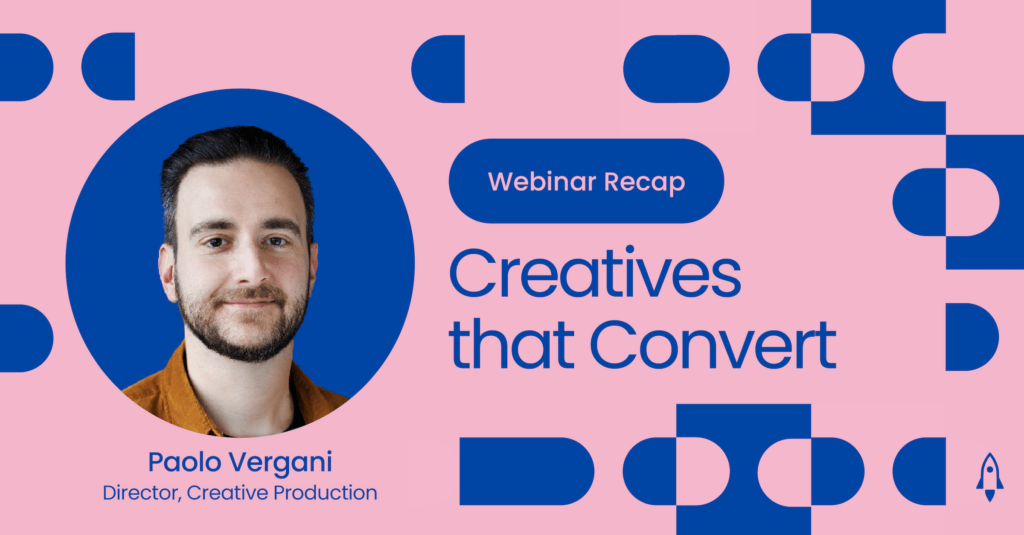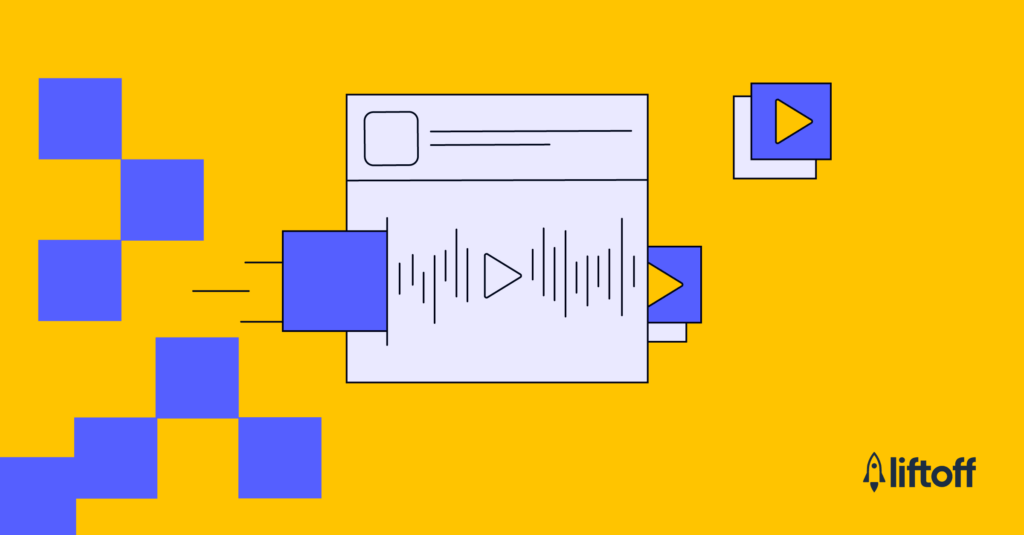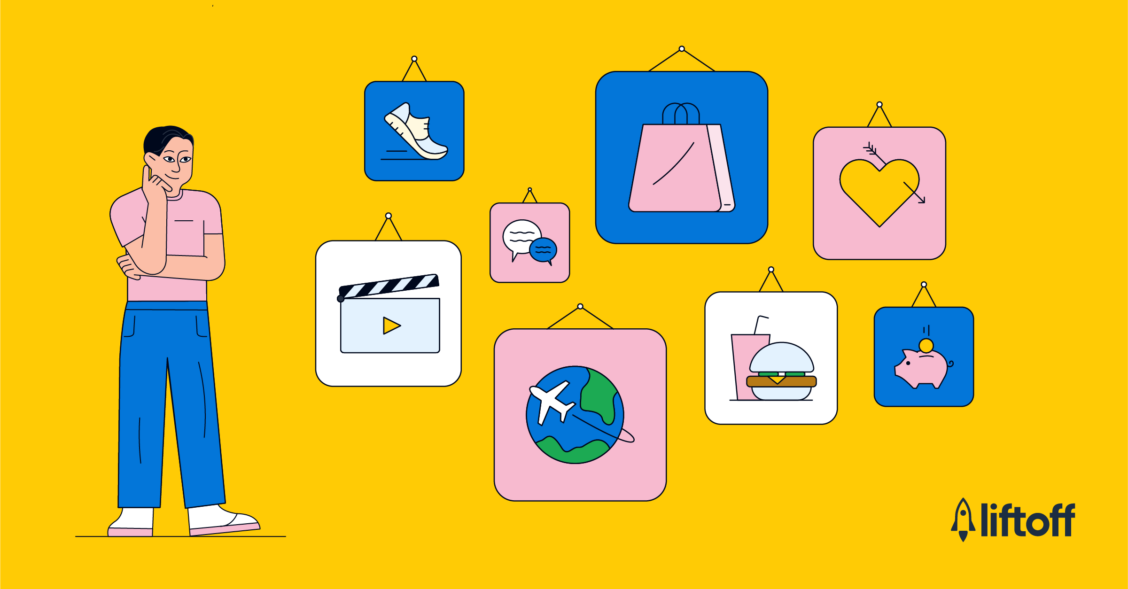
Unlocking Creative Success: Insights from Liftoff’s Creative Studio for Non-Gaming Consumer Apps
Crafting the right creative strategy is crucial, especially for non-gaming consumer apps. These apps typically cater to a broad and diverse audience, requiring a distinct set of creative recommendations that resonate with varied user intents and needs.
To shed light on best practices, we sat down with Creative Performance Manager Anastasia Juriksson. For the last five years, Anastasia has honed her skills in optimizing ad creatives that resonate with users and drive successful campaign outcomes. In this Q&A, she shares valuable insights and recommendations to help you elevate your non-gaming consumer app’s creative strategy.
What is the purpose of Liftoff’s creative recommendations?
Liftoff’s creative recommendations aim to ensure ads resonate with users by designing high-quality creatives tailored to each ad format. These recommendations help our internal teams and partners generate creative ideas for campaign launches and optimize creatives for better performance.
How does Liftoff form its creative recommendations and best practices?
At Liftoff, we launch hundreds of creatives daily, but only some emerge as top performers. These recommendations are based on a thorough analysis of top-performing creatives across the top 20 apps in each vertical, identifying the concepts that deliver the highest metric uplift. Additionally, Liftoff leverages data-driven insights based on a variety of metrics, including ITI, ROAS, and campaign information, just to name a few, to determine which creative strategies are most likely to succeed, ensuring our recommendations are both effective and relevant.
Our recommendations also incorporate an understanding of different types of user motivations, such as social status, learning, entertainment, and convenience. By aligning creative strategies with these motivations, we ensure that the ads resonate more deeply with the target audience, leading to higher engagement and conversion rates.
How do Liftoff’s creative recommendations help partners at different stages of programmatic growth?
These recommendations serve multiple purposes based on the stage of our client partnership:
- For existing partners: They provide valuable advice for refining and optimizing existing creative approaches.
- For new partners: They guide in setting up successful campaigns by advising on the best creative types and ad formats to launch.
- For new to digital advertising partners: They offer guidance to those new to programmatic advertising or mobile app marketing, helping them make informed decisions about their creative strategy.
How does Liftoff identify and categorize user motivations?
Our Intelligence team developed a proprietary user behavior model that maps user motivations, such as social status, learning, entertainment, and convenience, to particular app features. This insight allows us to create creatives that accurately target our partners’ core users, leading to more efficient user acquisition campaigns..
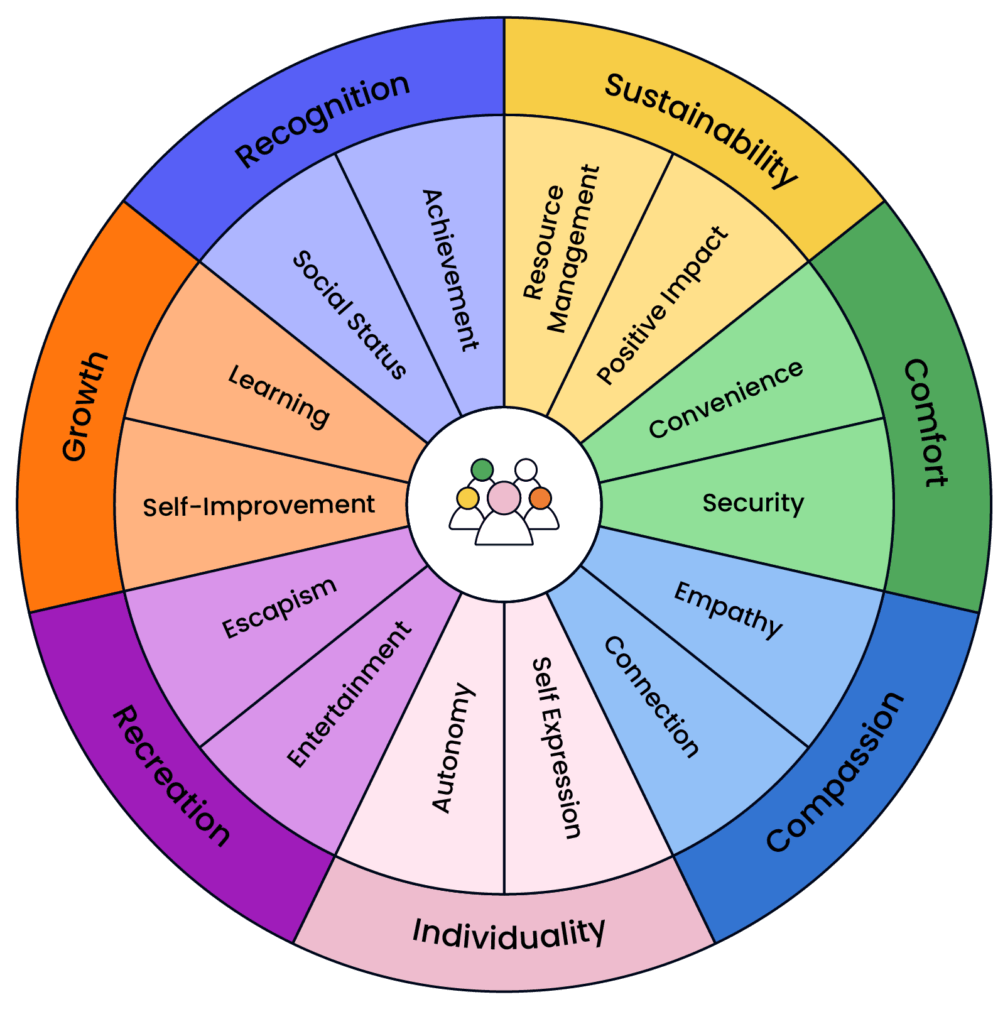
What are the different ad formats Liftoff recommends for non-gaming consumer apps?
While each app vertical is unique, generally, we suggest starting with non-fullscreen formats like banners, MRECs, and native ads, as non-gaming partners commonly use these. Videos with static end cards are essential, and we also recommend adding interactive or non-interactive interstitials as HTML end cards to all videos, providing a second chance to engage users.
What are the key elements of effective ad creatives for non-gaming consumer apps?
Key elements include:
- Clear ‘call to action’ and branding: Ensure a strong CTA and prominently display the app logo to encourage installs or app returns.
- App UI preview: Highlight popular features to attract a broader audience by showcasing the app’s functionality.
- Simplicity: Focus the ad on core features to effectively communicate the app’s value without overwhelming the viewer.
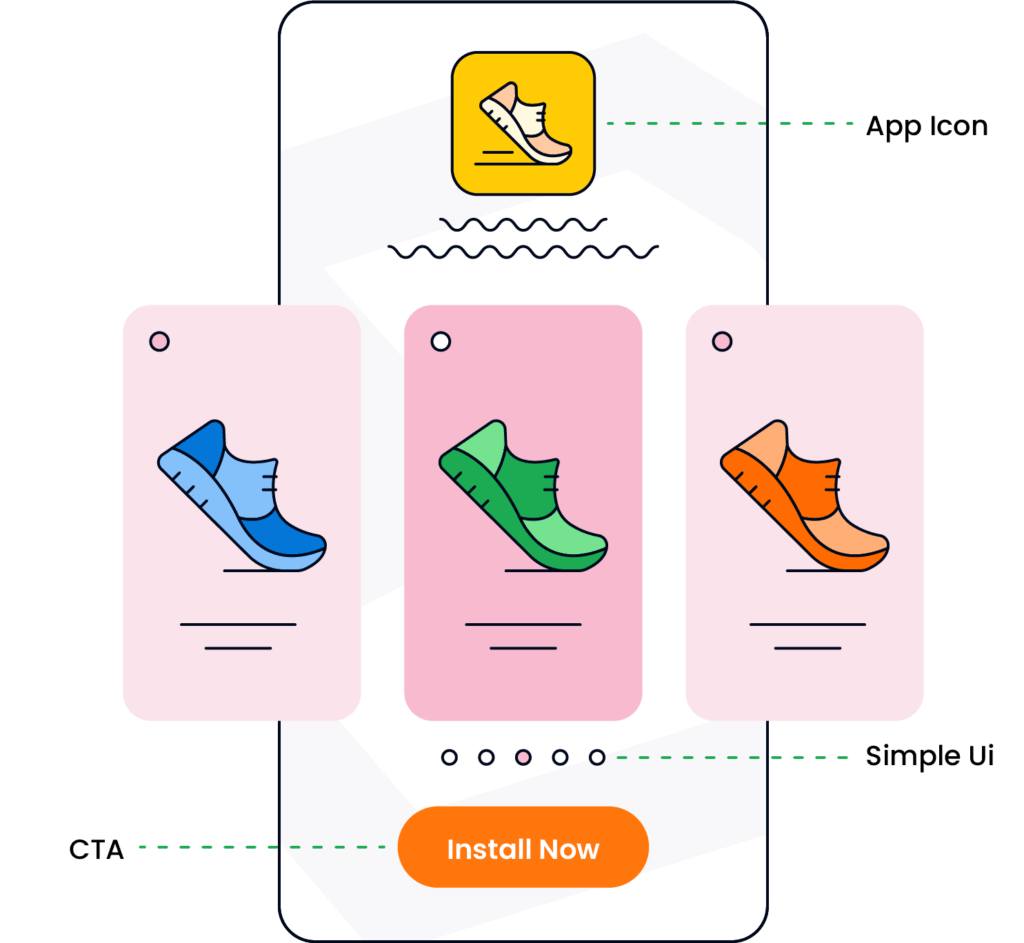
Why is user-generated content (UGC) important in non-gaming consumer app ad campaigns?
UGC helps advertisers reach KPIs, humanize their brand, and build lasting customer relationships through authentic, innovative media.
UGC is crucial in non-gaming consumer app ad campaigns because it brings authenticity, boosts engagement, and builds trust with the audience. It’s cost-effective, enhances community involvement, and provides diverse, relatable content that improves ad performance and broadens the campaign’s appeal. Liftoff non-gaming advertisers that used UGC-style video ads saw an average of 152% increase in impression-to-install (ITI) conversion.
- Authenticity and trust: UGC adds a genuine touch to ads, making them more trustworthy and relatable.
- Higher engagement: Ads with UGC often see better engagement because people connect with content created by real users.
- Cost-effectiveness: It reduces production costs by leveraging content already created by users.
- Diverse perspectives: UGC brings variety and creativity, appealing to a broader audience.
- Social proof: Featuring real users’ experiences in provides social proof, increasing the likelihood of conversions.
What creative strategies have worked well for specific verticals including finance, e-commerce, and social?
In various verticals, several creative strategies have proven to be effective. A common approach is focusing on the app UI and key product features. Showcasing the app’s interface and core functionalities enhances user experience and makes it easier for the audience to understand what the app has to offer.
For Finance apps, ads that incorporate rewards, discounts, and promotions had an average increase of 96% IPM uplift compared to ads that didn’t. These incentives motivate new users to sign up and encourage existing users to continue engaging with the app’s features, whether through investing, saving, or other financial activities.
For e-commerce and entertainment apps, similar strategies are effective. Offering discounts, sign-up bonuses, and promotional deals can drive conversions and increase customer loyalty.
Social and utility apps see significant benefits from interactive ad experiences that involve gamification elements like swiping, scrolling, or tapping. Interactive ad experiences benefit non-gaming apps by boosting user engagement and improving ad performance. They capture attention through interactive elements, resulting in higher CTR and CVR.
Overall, while each vertical has its nuances, strategies involving UGC, app UI, rewards, and interactive elements resonate widely and drive user engagement across multiple verticals.
What final recommendations do you have?
You know your app best, so it’s essential to ensure your ad’s message is clear and compelling to your audience. Remember, your audience is human and responds to emotional triggers. Consider what aspect of the ad would capture your attention if you were the viewer.
Learn more about creative best practices from our Mobile Ad Creative Index and talk to your account manager today to put these best practices to work for your advertising campaigns.
